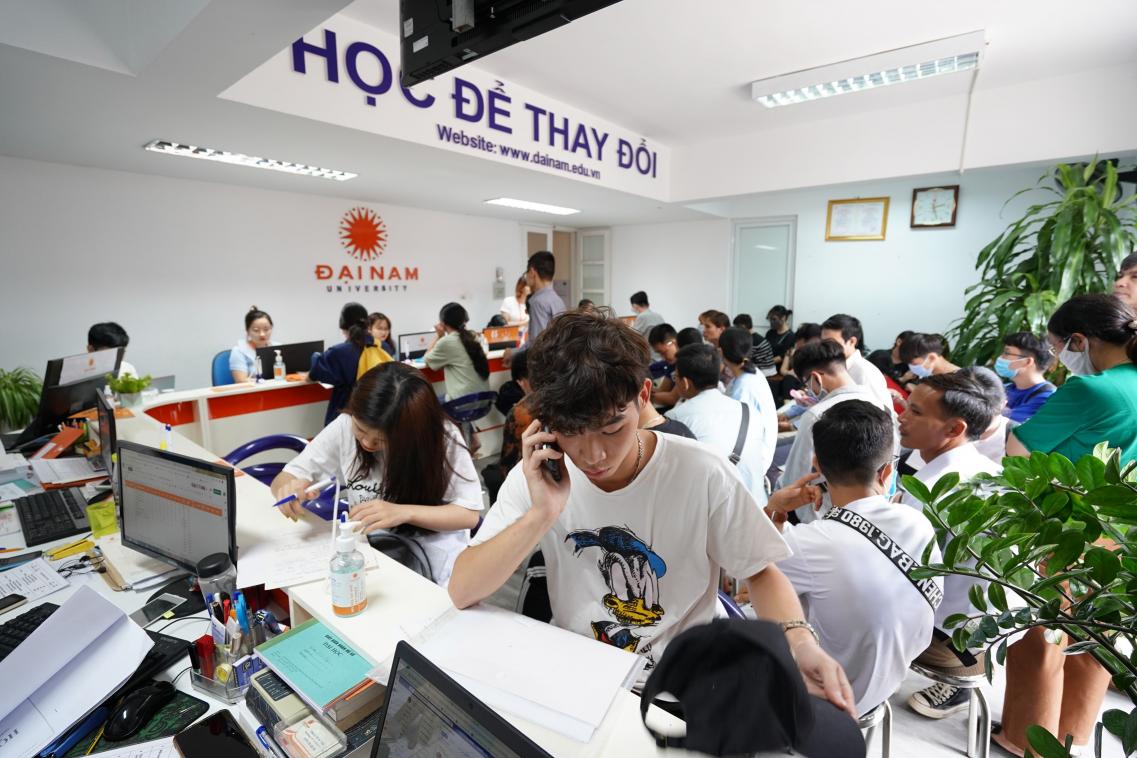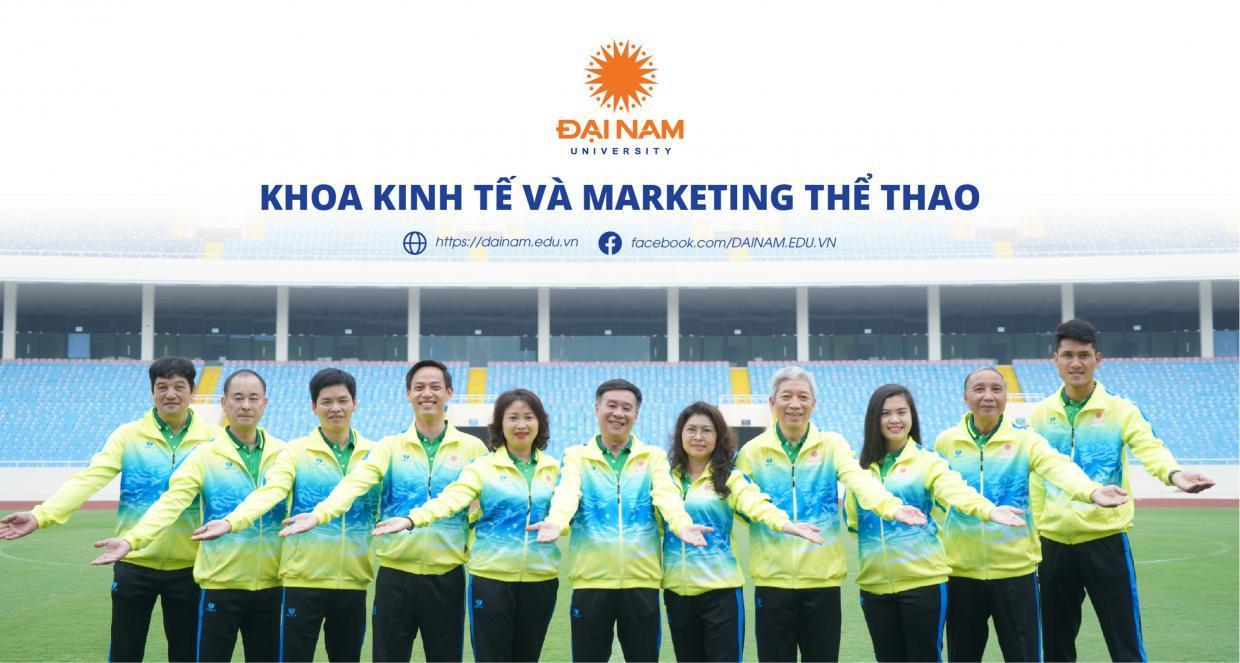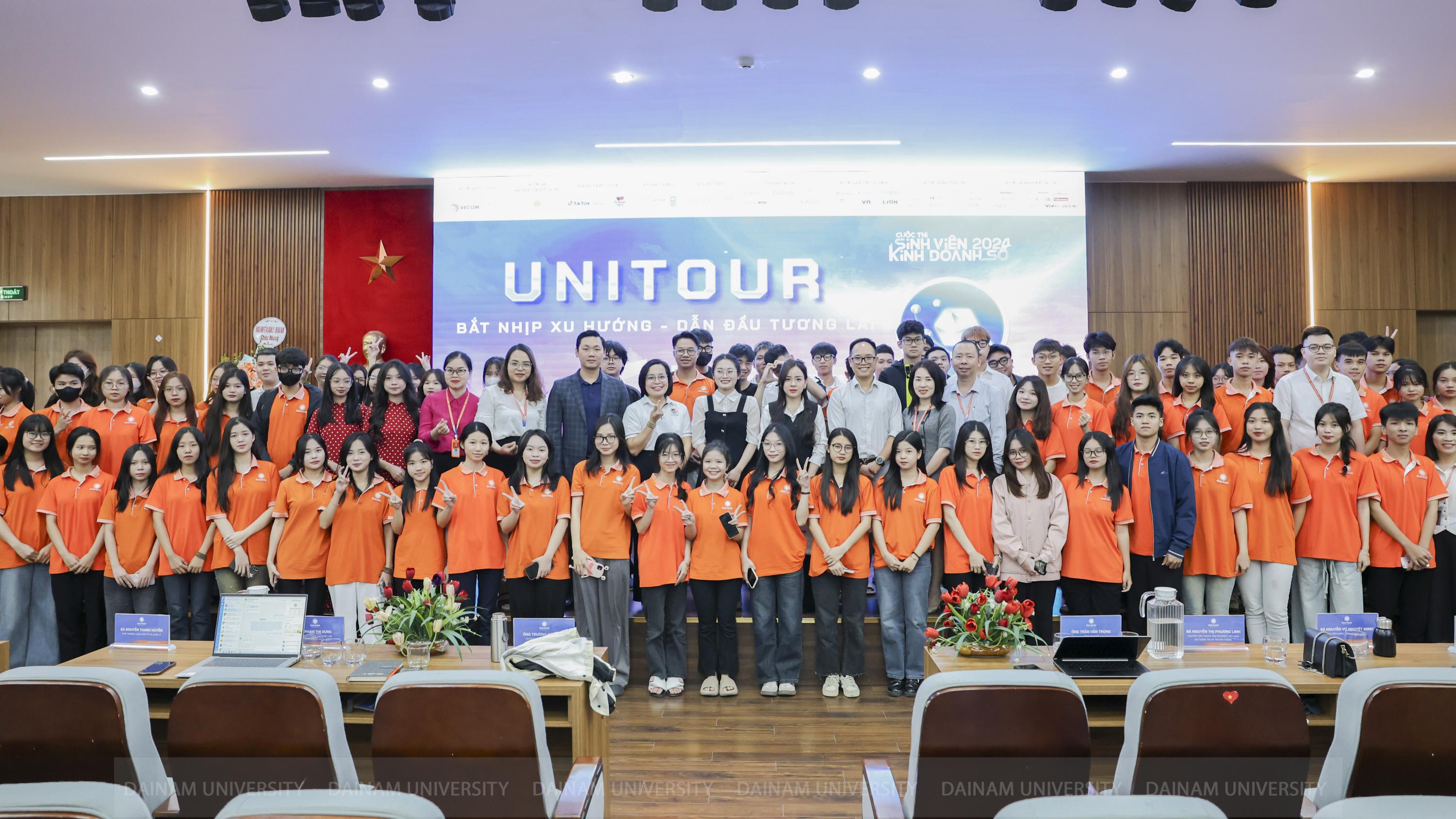How is sports marketing different from conventional production-economic marketing?

However, the concept of marketing has a much broader meaning than this explanation. In fact, there is a series of activities that are not production but actually contribute to creating value for goods/services.
These activities are carried out before production, during production, during consumption and even in the post-sale stage. These are the marketing activities of the business. The purpose of this activity is to focus on finding the needs and wants of potential customers and finding ways to satisfy these needs more effectively than other competitors. The key to achieving the goals of both the business and the customer is the idea of exchanging things of value between the two parties, so that each party receives higher benefits, satisfying satisfaction after the exchange. Simply put, marketing means focusing on satisfying the needs of customers/consumers.
What is sports marketing?

In the 2022-2023 school year, Dai Nam University enrolls students in the Sports Management major - majoring in Sports Economics and Marketing.
In the sports industry, sports marketing focuses on meeting the needs and wants of four types of customers, usually sports consumers, including those who participate in sports activities, those who watch sports programs, those who buy sports goods and equipment such as sports apparel, sports training equipment, sports memorabilia... even those who just read sports newspapers, browse sports-related websites with the purpose of learning about their favorite teams, players and events can also be considered sports consumers.
Marketing involves decisions related to the different groups of customers who may need or want the product. The most effective way to sell a product/service is the idea behind the product, which communicates the unique features of the product, how it differs from other similar products/services, and ultimately its selling price. In the sports industry, marketing involves a process and a series of considerations to maximize customer satisfaction when using sports products/services. The process and considerations are combined to build a complete sports marketing structure.
Marketing is often described as the process of planning and executing activities designed to satisfy the needs or wants of potential customers. Sports marketing is concerned with the development of a product/service, pricing, promotion, and distribution. Marketing usually creates an exchange, in which a customer pays something (usually money) for a product (sports goods or services) that is equal to or greater than its value.

Up to this point, Dai Nam University is the third training institution in the North to enroll students in the Sports Management major - majoring in Sports Economics and Marketing.
It can be said that marketing cannot be separated from exchange activities. Exchange is an intermediate concept to explain the concept of marketing. Exchange is a condition for the existence and development of marketing. It is a form that helps organizations/enterprises to achieve their benefits based on an equal relationship with customers - consumers. For an exchange to exist, the following conditions are required:
Both parties or more parties have unsatisfied needs; - Both parties have the desire and ability to satisfy those needs;
The parties may exchange information with each other;
Each party has something to exchange (of equivalent value). Like other business activities, sports marketing appears in the entire exchange process, this is a voluntary exchange activity. Without voluntary equal exchange between parties, there is no marketing. Therefore, sports marketing appears and is associated with the market economy with the freedom of choice of sports consumers, freedom of competition and freedom of business of sports organizations/enterprises (with what is not prohibited by law).
Although the term “product” often refers directly to specific, tangible, tangible items (goods) that can be held, held, and used… in the field of sports, products are also used quite commonly to describe the entire form of providing sports services to customers. Therefore, in a global sense, people often consider “sports products” as a term that represents all sports-related products, whether in the form of “tangible physical goods” such as equipment, tools, sportswear or “intangible services” such as buying tickets to watch a boxing match, or registering to learn to swim at an aquatic sports club… Because there are many approaches to marketing research, there are many different concepts in academic terms.

Faculty of Economics and Sports Marketing, Dai Nam University.
Marketing is a social process through which to forecast, expand and satisfy the needs of goods and services by processing, introducing and implementing them. Modern marketing concepts are more comprehensive, stating the necessary characteristics for practical use. However, modern marketing concepts are often changed, newly defined, showing that marketing activities are a dynamic process with many development trends. In terms of words, marketing is a verb noun of market (market, market) with the meaning of "making the market", so in modern marketing, the relatively common understanding of marketing is "a set of business activities to satisfy the needs of the target market through the exchange process, helping businesses achieve the goal of maximizing profits".
Marketing is being applied to many different fields and levels from local, national and international with the following two basic tasks: (1) Research, discover, analyze, evaluate, and select the needs and desires of customers and related partners; (2) Satisfy those needs and desires with products/services and appropriate marketing policies and tools.
Market demand is a concept that needs to be understood at three distinct levels: need, want, and demand. Market demand research is a core activity of marketing.
Natural needs: appear when people or organizations realize a state of deficiency that needs to be met by a certain product/service. For example, the need for entertainment, recreation, physical activity; This is a natural need, an inherent nature of humans from childhood, in every society. Sports organizations/enterprises cannot create that need, but they can discover that need to find a way to meet it with appropriate entertainment, recreation, and physical activity services. Products and services that meet different classes of natural needs require different marketing methods. Of course, each type of product/service on the market must satisfy a natural need for a specific customer segment.
Wants: are natural needs but are influenced by knowledge, culture and personality of the individual. Wants are formed when consumers direct their natural needs to a specific product/service. For example, the need for entertainment and exercise is a natural human need; but based on past experience, observation and guidance, an individual will know how to satisfy the need for entertainment by choosing different types of entertainment and exercise (for example, choosing a sport for entertainment, directly participating in a game or being an audience to enjoy and cheer on others...). Sports organizations/enterprises will find ways to provide services that meet that individual's needs. Good marketers must make consumers direct their natural needs to the products/services they produce or perform.
Affordability: Of course, just making consumers want the products/services of a business/sports organization is not enough. Consumers must also be able to buy it, meaning that this desire must be guaranteed by money or something of equivalent value. The organization or business must identify the need for affordability. Marketing needs to provide customers with products/services that they can buy, meaning that the price is suitable for their purchasing power and is available where they can buy (for example, buying tickets to a local football match, or signing up to work out at a local gym...).

Students majoring in Sports Management at DNU experience a dynamic, modern learning environment, enhancing practical experience.
It is important to note that marketing does not stop with ideas that arise from identifying market needs. Since a sports organization/business cannot satisfy all the needs of sports consumers, they must focus their efforts on certain needs of specific potential customer groups. These are the target markets of the sports organization/business, the groups that the organization/business can serve most effectively. Marketing strategies and programs will often directly target the needs of these target markets.
Sports marketing as a communication activity, has the effect of advertising sports or non-sports products and commercial brands (brands) to change the attitudes and trust of consumers towards sports and non-sports businesses and organizations, sports marketing is also a tool to segment the consumer market...
02 prominent aspects of Sports Marketing
Firstly, it is applied to marketing activities of sports products/services related to sports organizations (For example, in 2014, Hoang Anh Gia Lai Football Club carried out marketing for the HAGL U.19 football team consisting of players nurtured and trained by the club, the U.19 players are the products of this organization).
Second, marketing industrial products and other non-sports customers through sports activities (For example, through a contract with Hoang Anh Gia Lai Football Club, Nutifood 16 Nutrition Food Company is able to promote its nutritional products to sports consumers through branding on athletes' shirts, company signs placed around stadiums, etc.). Like any form of marketing, sports marketing meets all the needs and desires of sports customers/consumers by providing sports services and goods to customers.
How is sports marketing different from conventional production-economic marketing?
Sports marketing differs from conventional production-economic marketing in that it also has the ability to encourage consumers to consume non-sport products and services of other business organizations. Obviously, sports marketing has two notable aspects: it can market sports itself, called marketing in sports (marketing of sport), but at the same time it can use sports as a tool to market other non-sport products and services, called marketing through sport (marketing through sport).
The above two aspects are the focus of sports marketing, which is the way for sports marketing managers to use. In fact, sports marketing has the disadvantage of often focusing more on the business part of sports and lacking other marketing stages such as market research, strategy building, etc. Meanwhile, before any transaction, a long-term strategic analysis must be done to determine what sports consumers want and come up with the best way to provide it. Therefore, sports marketing should be seen as a process that includes parts including research, planning, organizing and controlling the implementation of the plan to provide sports services/goods to sports consumers.

In other words, sports marketing includes marketing activities of sports goods and services aimed at sports customers. Sports goods marketing includes sports equipment, training and competition clothes... of sports businesses; sports service marketing is carried out in professional and semi-professional sports tournaments, sports events, sports activities and related issues of local and national sports organizations. Sports marketing includes many forms such as advertising, design, large-scale performances to promote athletes' images, organizing season ticket sales, transferring sports equipment business rights... Sports organizations/businesses build their own sports "brands". Sports marketing occurs when a non-sports product is marketed to consumers through an individual athlete or professional sports organization, such as a professional athlete endorsing (advertising) a company's product (Ronaldo promoting Castrol oil), professional football teams placing corporate signs around their stadiums during games, or a group of 18 soft drink companies agreeing to provide exclusive drinking water for a sporting event…..
Marketing activities through sports generate significant revenue for sports organizations/businesses. Marketing through sports means that individuals, sports organizations/businesses share part of their sports “brand” image with non-sport organizations/businesses through a limited-term economic contract, bringing benefits to both parties.
In sports marketing, marketing philosophy is the foundation that supports the processes, principles and tools of marketing. Marketing philosophy is oriented towards the satisfaction of sports consumers, marketing philosophy takes the needs and desires of customers, sports consumers as the center of all decisions.
In short, the philosophy of sports marketing is customer-oriented, specifically the consumers of sports goods/services. Sports marketing, in the full sense of the word, is the marketing process carried out by sports organizations and sports businesses themselves./
Faculty of Sports Economics and Marketing, Dai Nam University










